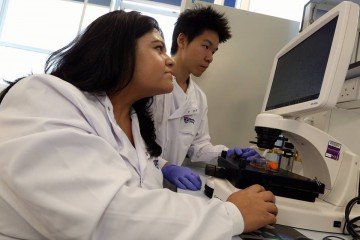Fellowship
An industrial standard cancer drug development platform using human induced pluripotent stem cell technology

At a glance
Completed
Award date
January 2017 - December 2018
Grant amount
£112,473
Principal investigator
Dr Deepali Pal
Institute
Newcastle University
R
- Replacement
- Reduction
Read the abstract
View the grant profile on GtR
